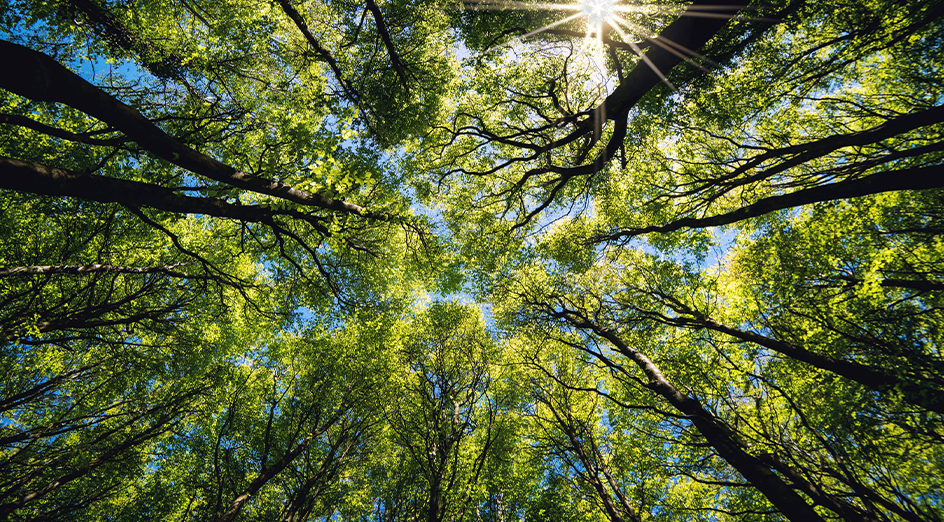New research from The University of Western Australia has revealed that plants make their own ‘secret’ decisions about how much carbon to release back into the atmosphere via a previously unknown process, a discovery with “profound implications” for the use of plants as carbon stores.
Professor Harvey Millar, from UWA’s School of Molecular Sciences and an author of the study published today in Nature Plants, said the findings mean plants of the future could be designed to meet the world’s food needs while also aiding the environment.
“Every school student learns about photosynthesis, the process by which plants use sunlight, water, and carbon dioxide to create oxygen and energy in the form of sugar,” said Professor Millar, Director at the ARC Centre of Excellence in Plant Energy Biology.
“But a plant doesn’t grow as fast as the carbon it takes in by photosynthesis because it releases up to half of that carbon again as CO2 in the process of plant respiration. This stops plants being the best sinks for carbon they could be and limits how much they are able to help lower atmospheric CO2.”
A carbon sink is anything that absorbs more carbon from the atmosphere than it releases.
Professor Millar said deciding when and how much CO2 to lose is a secret that plants keep locked away inside parts of the cell called mitochondria where CO2 release takes place.
“Our research, led by PhD candidate and Forrest Scholar Xuyen Le, discovered this CO2 release decision is governed by a previously unknown process, a metabolic channel that directs a product of sugar called pyruvate to be oxidised to CO2 or kept to make plant biomass,” Professor Millar said.
“We found that a transporter on mitochondria directs pyruvate to respiration to release CO2, but pyruvate made in other ways is kept by plant cells to build biomass – if the transporter is blocked, plants then use pyruvate from other pathways for respiration,” Ms Le said.
Professor Millar said the research shows that plants can differentiate and choose one pyruvate source over another to use for CO2 release. This secret process breaks the normal rules of biochemistry, where the next step in a process does not know the origin of the product from the step before.
“Understanding the plant’s respiration secret to use a metabolic channel to prioritise carbon release over keeping it to make biomass provides a new opportunity to influence the decision at the last moment,” he said.
“This could be done by limiting this channelling to respiration or making new channels to direct carbon inside mitochondria back towards biomass production and so limiting CO2 release from plants.
“It shows that current discussions around carbon net zero and the role that crops, forests and grasslands can play, should also include conversations on what happens inside plants, alongside global financial decisions.”
UWA researchers are now involved in long term international partnerships to find better ways to use energy from respiration in order to redirect carbon to biomass without limiting a plant’s ability to grow and protect itself from pathogens or harsh environments.
Read the paper: Nature Plants
Article source: University of Western Australia
Image credit: University of Western Australia






